iPhone Basics -
Installing and Managing Apps

iPhone Basics
Installing and Managing Apps


/en/iphonebasics/browsing-with-safari/content/
Even if you're new to the iPhone, you've probably heard of apps. The concept is simple: Apps are programs that are designed to run on your device. The iPhone comes with several built-in apps, but you can download more apps from the App Store. The iPhone also makes it easy to manage the apps on your device.
The App Store gives you access to hundreds of thousands of apps. You'll find everything from games to entertainment to productivity tools—even apps that can help you with common tasks like studying for an exam, cooking dinner, or keeping track of travel plans.
There are thousands of apps you can download for free. Many other apps cost as little as $0.99, although some may be more expensive. If you're not sure which apps to try first, the App Store can help by giving you recommendations or showing you what's popular with other iPhone users.
Click the buttons in the interactive below to learn more about the App Store interface.
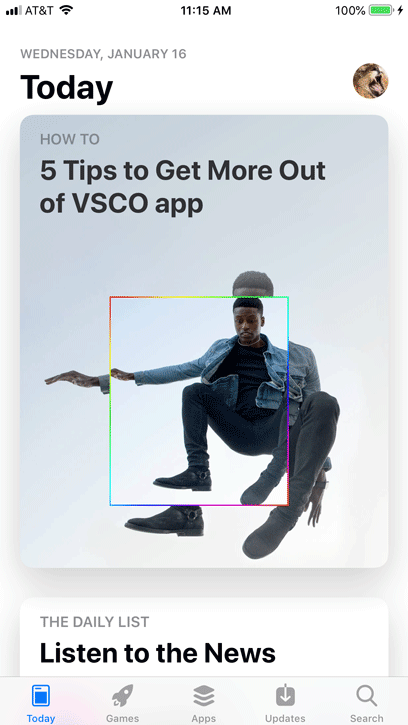
You'll need an Apple ID and valid credit card to purchase apps from the App Store (including free apps).
When you first visit the App Store, you'll see a variety of new apps and games you can browse. If you're looking for something more specific, you can tap the Apps
button and navigate to the desired category.
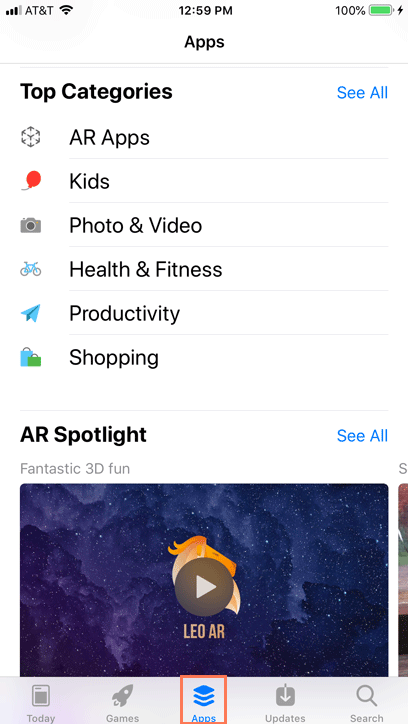
Within each category, a list of popular apps will appear. Each app will note its price (or it will say Get if it's free). Simply tap an app to learn more about it. The app page will appear with information on how the app works, user reviews, screenshots, and more.
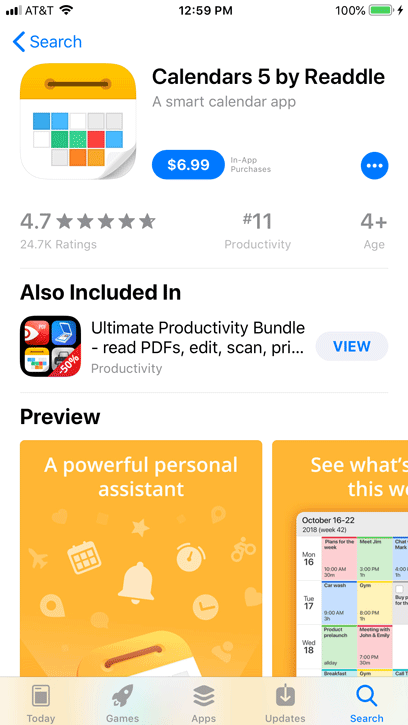
You may be used to running several programs at the same time on your computer, which is also known as multi-tasking. On the iPhone, multi-tasking works a bit differently. Although you can't use several apps at the same time, you can easily switch between apps without going to the Home screen. For example, you might be browsing in Safari and decide to send a message through the Mail app.
To make multi-tasking as seamless as possible, your iPhone will keep recent apps paused in the background. When you switch to a recent app, you won't have to wait for it to load. You can simply pick up where you left off.
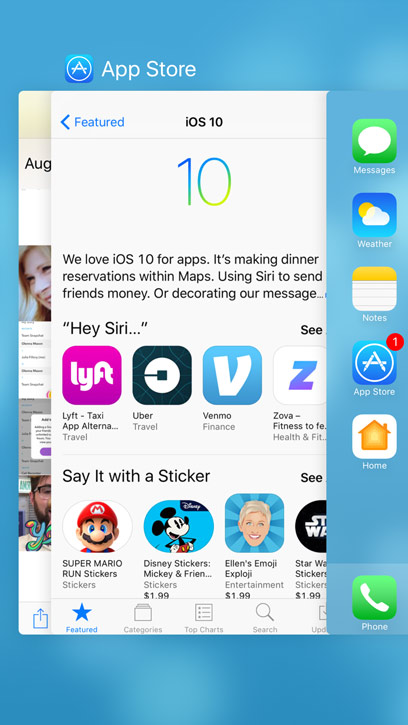
When you switch to the Home screen, the app you're using doesn't actually close; it just remains paused in the background. However, if an app stops working correctly, it sometimes helps to force the app to close. This is similar to force-quitting an unresponsive program on a computer.
Keep in mind that you don't need to close apps this way unless there is a problem. Because the apps are paused, they won't slow down your iPhone or drain the battery.

The iPhone also uses a feature called Background App Refresh to update certain apps in the background, which can have a small effect on your battery life. If you prefer, you can turn off Background App Refresh for some or all of your apps. To modify these options, open Settings, tap General, then select Background App Refresh.
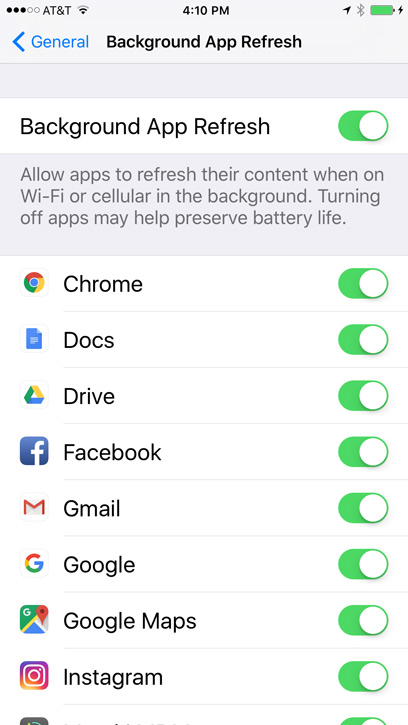
To learn more about multi-tasking, review this support page from Apple on Understanding Multitasking.
The Home screen contains an icon for every app on your device. This means it can get pretty crowded, especially if you've installed a lot of apps from the App Store. Here are some tips to help you customize your Home screen so your favorite apps are always easy to find.

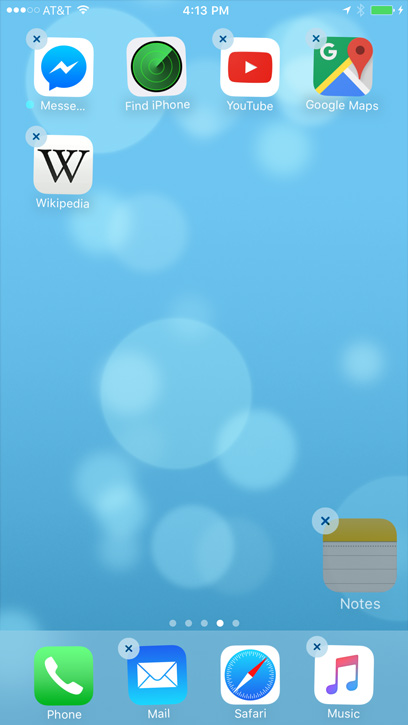
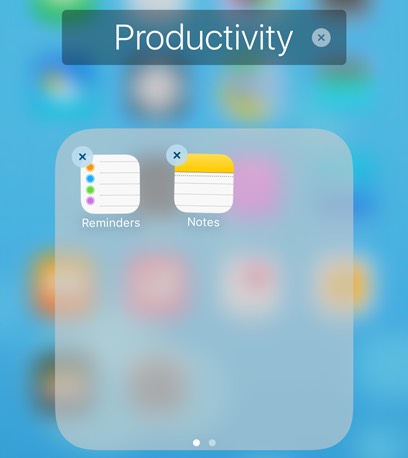
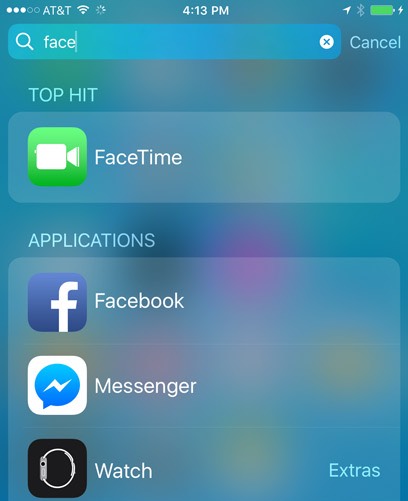
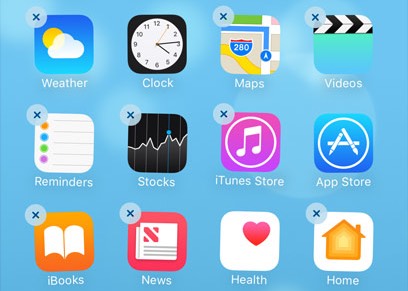
Over time, many apps receive updates from the app's developer. Updates usually help an app run more smoothly and may even introduce new features.
By default, your iPhone will automatically download these updates. However, you can turn this feature off if you would prefer to manually update your apps. If automatic updates are turned off, a notification badge will appear on the App Store icon whenever an update is available for any of your installed apps.

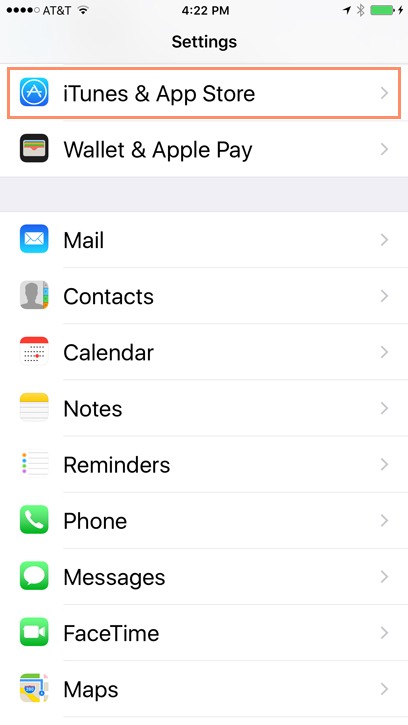
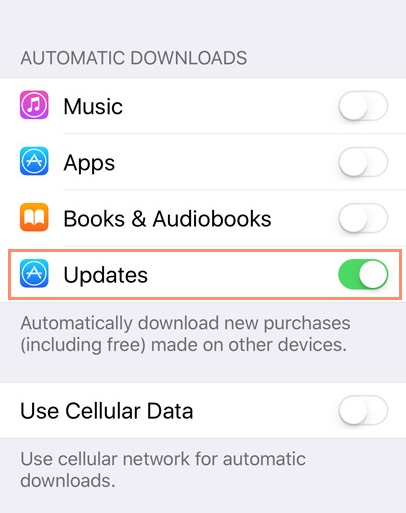
If you've turned automatic updates off, you'll need to update each app manually.
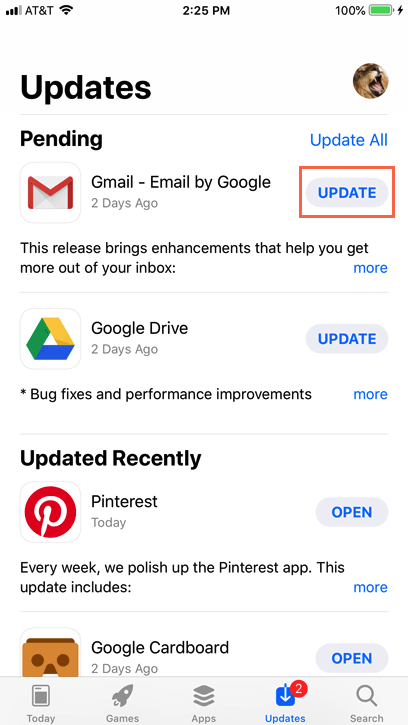
/en/iphonebasics/security-and-general-settings/content/